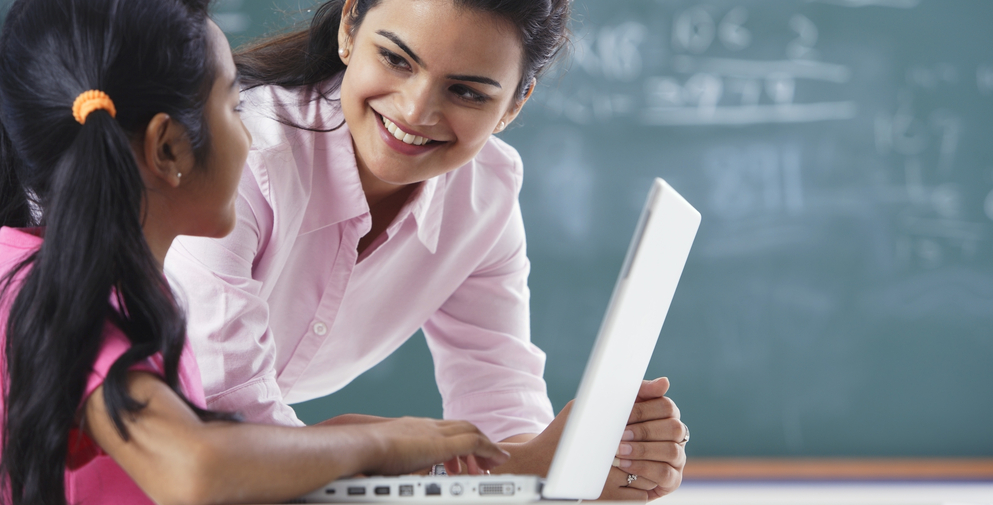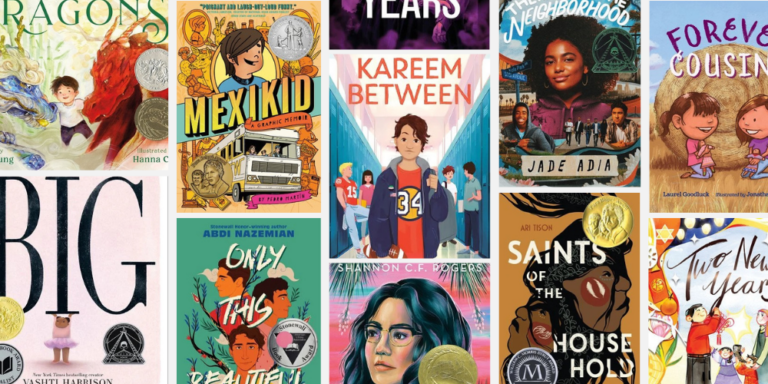“We’re in a moment where anxiety is running rampant,
~ Harvard Graduate School of Education
spreading like an epidemic among adolescents.
The rise of anxiety is burdening schools and counselors,
scaring parents, and harming kids, creating dangerous pathways
to depression and substance abuse.”
Jen saved me.
Ten years ago, as I made a break from a perilous marriage, anxiety became my constant companion. Navigating a labyrinth of self-doubt and confusion, my new life was now filled with seemingly endless consequential decisions about finances, career, and life. It felt as though I was spinning through the air and needed grounding. Jen, the instructor for a class called The Mixx, a perfect, a-hem, mix, of jumping, punching, and choreography became my tether. My time spent straining, sweating and listening to Jen’s words of encouragement improved my physical and mental health and kept my anxiety at bay. Turns out, what’s good for your body, is also good for your mind.
Saving our students.
Our students are suffering from anxiety at the highest rates ever recorded. (CDC, 2018).
Whether it’s separation anxiety, social anxiety, selective mutism, generalized anxiety, phobias, panic disorder, or situational anxiety, our students need our support.
8 ways to support students who have anxiety:
1. Know the signs.
Anxiety can present itself physically and behaviorally: headaches, stomachaches; skipping class, frequent trips to the nurse’s office, and falling grades. To learn more about anxiety, read 10 Simple and Healthy Ways to Manage Stress and Anxiety on the K12 Hub.
2. Get to know your students.
Be creative! Check out how these teachers memorized each of their students’ personalized handshakes. What a way to connect!
3. Get to know families.
Enlist the use of technology to get to know the families of your students. Here are some popular-with-teacher apps you can use to effortlessly and quickly connect:
4. Ask for help.
Enlist the expertise of your school’s counselor, nurse, or psychologist in determining if a student has anxiety. Ask for help in assessing your students, some may already have an Individualized Education Program (IEP), and reach out for tried-and-true tools to support your students in need.
5. Create a classroom community.
For some students, the classroom and school may be the only place they feel supported and connected. Think about what kids need, what we all have in common and create a classroom where worries are discussed, gratitude is practiced, and mistakes are celebrated as a path to learning. To help all students understand and gain empathy about anxiety, provide time for conversations about mental health. Here are some lists of books that can help:
6. Teach and practice mindfulness.
The word is out! Mindfulness works! A summary of the research on the benefits of mindfulness for educators indicates that mindfulness improves our students’ attention, ability to regulate emotions, and teaches compassion, perfect! Start by introducing simple mindfulness practices like those recommended here.
7. Role Model
Be a role model for your students! Show and tell them the ways you take care of yourself through exercise, nutrition, and sleep. Then, make the connection between these habits and mental health. If students are struggling with anxiety, focusing on exercise, nutrition and sleep is a good place to start.
8. Be Your Students’ Jen!
Committed is what I am to my Saturday morning workouts. On those days where I’d rather stay in bed, I tell myself “you have never regretted going to class.”
As Jen says, “our bodies are designed to move!” and, although the class was designed to make us physically stronger, the benefits to my mental health are astonishing. Exercising–and in particular Jen’s class, is how I manage my stress, and keep depression and anxiety at bay. Remember, what’s good for your body, is good for your mind.
Jen provides plenty of encouragement in class!
How could you modify Jen’s messages for your students?
| Jen’s words of encouragement in our exercise class–The Mixx! | Similar messages you could provide to your students! |
| Good morning, beautiful! | Good morning, students! |
| You made it to class, the hard part is over, now get what you came for! | You made it to class, the hard part is over, now let’s get learning! |
| You had choices today, and you chose to come to class, hooray! | You had choices today and you chose to come to class, hooray! |
| Does class get easier? No. You get stronger. | Does class get easier? No. You get smarter. (better at reading, math, learning, etc.) |
| When is your next workout? Put it on your calendar. | When will you study? Put it on your calendar. |
| Hold your head up optimistically! | Hold your head up optimistically! |
| Everyone is welcome here. | Everyone is welcome here. |
| If you need to modify the movements in class, do so without apology. We are all at different fitness levels. | If you need to modify because of the way you learn (visual, auditory, kinesthetic, etc.), do so without apology. We all learn in different ways! |
| Tell your body “you’re a good healer.” | Tell yourself “you’re a good learner.” |
| Breathe. | Breathe. |
| Think about what you are grateful for and say thank you. | Think about what you are grateful for and say thank you. |
| After class, do the thing you don’t want to do first and get it out of your way. | In class, do the thing you find most challenging and get it done. |
| Drink water, eat nutritious foods, take naps, and be sure to shower today (even though you may think you don’t need to, you do!) | Drink water, eat nutritious foods, take naps, work hard in class, study. |
| What’s harder than working out? (Not working out!) | What’s harder than studying? (Not studying!) |
| Stand tall. | Stand tall. |
| Make room for others, welcome them to class, be encouraging. | Make room for others, welcome them to class, be encouraging. |
| Get to know those around you! | Get to know those around you! |
| Enjoy your endorphins all day long! | Enjoy what you’re learning for the rest of your life! |
| Working out is hard. You’re worth it. | Learning can be hard. You’re worth it. |
| Thanks for coming to class, gold star! | Thanks for coming to class, gold star! |
Gold star is right!
Jen Ryan Corkran is the National Group Fitness Operations Manager for LifeTime and has taught fitness classes for 32 years. She holds a Master’s in Kinestheology & Sports and Exercise Psychology from the University of Minnesota. Besides exercise, Jen’s passions include faith, family, animals and music.
To connect with Jen, find her on Instagram and X: @jenryancorkran
Sources and Resources:
Anxiety and depression in children: Get the facts | CDC. (n.d.). Retrieved from https://www.cdc.gov/childrensmentalhealth/features/anxiety-depression-children.html
Research on Mindfulness in Education. (n.d.). Retrieved from https://www.mindfulschools.org/about-mindfulness/research/
Social Media and Teen Anxiety. (n.d.). Retrieved from https://www.gse.harvard.edu/news/uk/17/12/social-media-and-teen-anxiety
Teen Body Image And Self-esteem – A Practical Guide For Parents: https://www.freederm.co.uk/body-image-and-self-esteem







